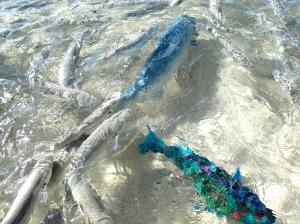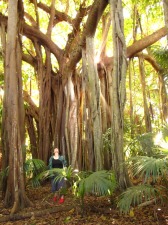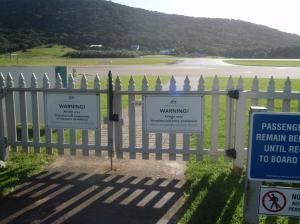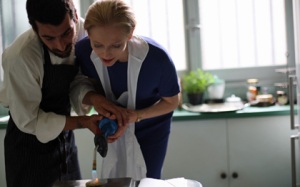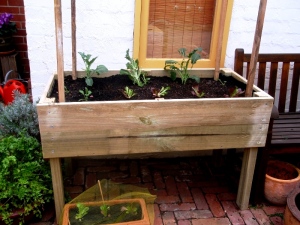Consider three worlds, which meet around an island:
the first world is the Underwater realm where everything is liquid and tidal, where place is defined by being shallow or deep;
the second world is the Earth, where inhabitants breath air, fly and feel the sun and wind;
and the third world is the Imaginary world of dreams, knowledge, memory, language and meaning.
Jo Darbyshire
I first came across Jo Darbyshire’s paintings when I was researching Ukiyo-e, the Japanese ‘floating world’ woodcuts and paintings from the Edo period. Pictures from Darbyshire’s 2010 exhibition, the floating world, popped up amongst the traditional Ukiyo-e images. They were series of paintings that were a contemporary Ukiyo-e interpretation, exploring themes of pleasure, immersion, the body and female sensuality. Darbyshire works in oils, using a combination of glazes and solid colours to build up layers which generate a sense of depth in her paintings and contribute to layers of meaning. The works move between the abstract and figurative combining intangible shapes and more recognisable forms such as coral or seaweed. The forms seem to float at different levels on the canvas provoking an emotional response in the viewer. There is the sense that you could float into the image, merging with it and the water.
Darbyshire is a West Australian artist whose exhibition Islands and Rocks is currently showing at the Catherine Asquith Gallery. In this show, Darbyshire continues her exploration of watery bodies that has threaded through much of her career. Darbyshire is an uncommon combination of artist and curator. She has long had an active interest in social history, particularly relating to the West. Her work as a curator has included the social history exhibitions such as The Coolbaroo Club which was about the club established by Perth aborigines in response to the virtual apartheid that prevented aborigines from entering the city until the mid-fifties, and The Gay Museum, which was an exploration of the often-hidden history of gays and lesbians in Perth.
Islands and Rocks was inspired by the physical landscape around Penguin Island in Shoalwater Bay, Western Australia. Judging by the paintings, it is an area with which she is intimately acquainted. Darbyshire says of these works, “As in past exhibitions my work references the social and environmental history of water bodies, but my paintings also aim to suggest their sensory and poetic nature.”
These are not paintings that reflect the sun and frivolity of your stereotyped Aussie beach scene. Although some paintings are colourful, such as the large-scale, Underwater Gold Rock, with its limes and blues and bright coral, it situates the viewer in the silence under the water. Where there is a horizon line in her works, it is usually high, suggesting the experience of being in a subterranean world. In Shoalwater, there is little separation between sky and sea, and dark clouds hang portentously. A current cuts across the painting flowing over submerged snake-like lines, maybe silt. An isolated protrusion of volcanic rock sits in the foreground, reflected in the glassy water. The texture of the rocks in these images contrasts with the lustrous surface of the water. Darbyshire uses a surrealist technique of Decalcomania to produce an intriguing surface for the rocks and more subtly, it is used as a texture in the water, giving an impression of something intangible that’s just beyond your grasp. Another recurring motif are the delicate patterns that resemble stencilled lacework, creating a vivid red counterpoint to the shadowy depths.
Memory and other states of consciousness continue to fascinate and inspire Darbyshire’s work. In Night Island #1 (Moon) and Night Island #2 (Red Coral), Darbyshire has created an atmosphere of mystery and slight unease. The dark sky seems to bear down and the water comes up to meet it. It is as if you are looking out to sea from a coastal cave, perhaps from a great depth underwater. There is somehow a possibility you will never emerge from the deep.
The paintings are not gloomy however, the soothing aquamarine tones also inspire a meditative state- the feeling you get when you are floating in the water on a calm day and you lose track of where your body ends and the water begins. There is a strong sense of place created in these works, to the point that I have now put Penguin Island and Shoalwater Bay on my wish list of places to visit.
Jo Darbyshire Islands & Rocks
10th to 28th April 2012
48 Oxford Street, Collingwood







